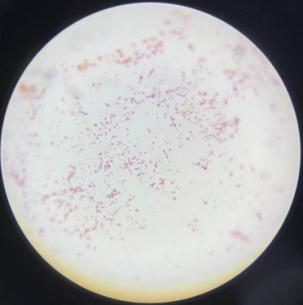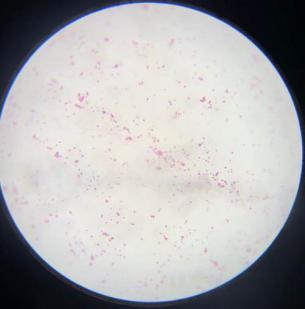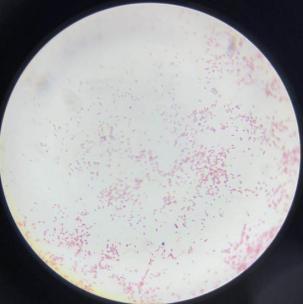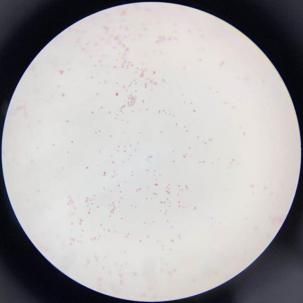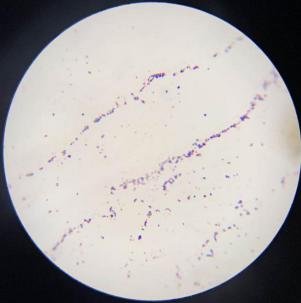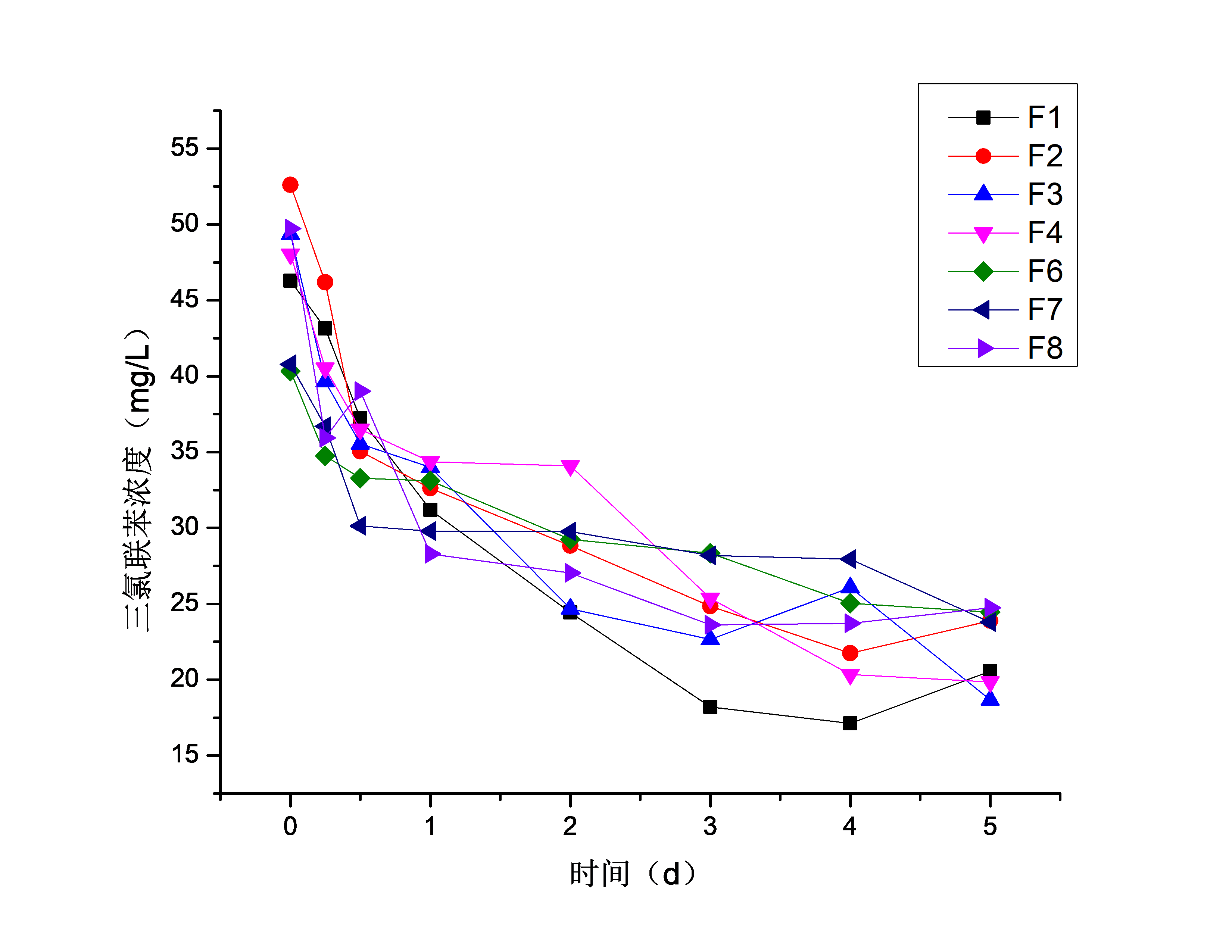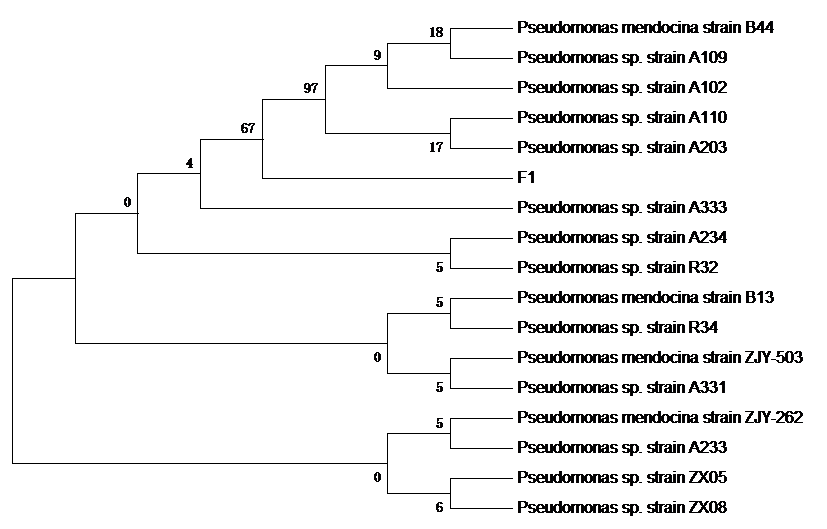三氯联苯降解菌的筛选及降解特性的研究毕业论文
2020-04-26 12:58:10
摘 要
本文采用梯度富集的方法,在被2,4,6-三氯联苯污染的土壤中筛选出了八株2,4,6-三氯联苯降解菌,将八株降解菌命名为F1,F2,F3,F4,F5,F6,F7,F8。排除掉属于霉菌的F5,共得七株菌。运用16S rDNA基因序列分析,对菌株进行初步鉴定F1,F4,F6,F7属于假单胞菌(Pseudomonas),F2,F3属于施氏假单胞菌(Pseudomonas stutzeri),F8属于蜡样芽孢杆菌(Bacillus cereus)。分析得到的结果显示,采用气相色谱法测定2,4,6-三氯联苯浓度,确定各菌株在接种量10%,温度为30℃条件下降解2,4,6-三氯联苯的能力。得出结果,菌F3为2,4,6-三氯联苯最优降解菌,降解率达到62.18%。对F3菌株进行条件优化。通过单因素试验法,研究pH、温度和接种量对降解率的影响规律,最终确定2,4,6-三氯联苯降解菌的最优pH、最优温度以及最优接种量。最后得出F3菌在pH为8、温度为35℃及接种量为20%,最适条件下降解2,4,6-三氯联苯的效率最高。
[关键词]:2,4,6-三氯联苯降解菌 生物降解 高效气相色谱法
Screening and Identification of 2,4, 6-trichlorinated BipHenyls Degrading Bacteria
Abstract
In this paper, eight strains of 2, 4, 6-trichlorobipHenyl degradation bacteria were screened out in the soil contaminated with trichloroethylene by gradient enrichment method. Eight strains were named F1, F2, F3, F4, F6, F7, F8. Seven strains of bacteria were obtained by excluding F 5, which belongs to mold. Using 16s rDNA gene sequence analysis, the strains F1, F4, F6 and F7 belonged to Pseudomonas sp. (Pseudomonas), F2, F3 belonged to Pseudomonas Schrushi (Pseudomonas stutzeri), F8, and F 3 belonged to Bacillus cereus (B). Acillus cereus). The results showed that the concentration of 2, 4, 6-trichlorobipHenyl was determined by gas chromatograpHy, and the ability of each strain to degrade 2, 4, 6-trichlorobipHenyl at 10% inoculum size and 30 ℃ was determined. The results showed that strain F3 was 2, 4, and the optimal degradation rate of 6-trichlorobipHenyl was 62.18%. The conditions of strain F3 were optimized. The effects of pH, temperature and inoculum size on the degradation rate were studied by single factor test, and the optimal pH, temperature and inoculum size of 2, 4, 6-trichlorobipHenyl degradation bacteria were finally determined. When the pH was 8, the temperature was 35 ℃ and the inoculum size was 20%, the degradation efficiency of 6-trichlorobipHenyl was the highest under the optimum conditions of 2, 4 and 6-trichlorobipHenyl.
[Keywords]: 2,4,6-chlorinated bipHenyl;degrading bacteria biodegradation;High performance gas chromatograpHy
目 录
第一章 绪论 1
1.1 前言 1
1.2 降解方法 2
1.3 研究意义 3
第二章 实验材料与方法 4
2.1 实验材料 4
2.1.1 土壤样 4
2.1.2 培养基 4
2.1.3 微量元素储备液 4
2.1.4实验试剂 5
2.1.5 实验仪器 5
2.2 实验方法 6
2.2.1 2,4,6-三氯联苯降解菌的筛选 6
2.2.2菌种的表面形态观察 6
2.2.3 16S rDNA 序列测定 7
2.2.4 2,4,6-三氯联苯的测定 7
2.2.5 微生物降解2,4,6-三氯联苯能力测定 8
2.2.6 2,4,6-三氯联苯降解菌条件优化 8
第三章 实验结果与分析 10
3.1 2,4,6-三氯联苯降解菌的筛选结果 10
3.2 2,4,6-三氯联苯降解菌的鉴定 10
3.3 2,4,6-三氯联苯降解菌的降解能力 10
3.3.1 标准曲线 10
3.3.2 16SrRNA基因鉴定 11
3.3.3 F3菌株降解2,4,6-三氯联苯 18
第四章 结论与展望 22
4.1结论 22
4.2展望 22
参考文献 23
附 录 25
致 谢 30
第一章 绪论
1.1 前言
多氯联苯(PCBs)是国际上首批被关注的持久性有机污染物(POPs)之一,具有良好的化学稳定性,耐热性,不可燃性等良好的物理化学性质,曾广泛应用于化工、电力和塑料业[1]。同时,PCBs对人类健康和环境具有严重的危害,此类难降解有机物能够通过食物链富集效应在人体中积累从而危害人类,被世界卫生组织确认为可能致癌的物质[2-3]。
研究表明,PCB自1944年以来便严重污染了环境,污染程度远远超过预期。据估计,PCB在世界各地的总量超过25万至30万吨。从加拉帕戈斯群岛的北极海豹和黄肌肉金枪鱼,到南极海雀的蛋,以及日本、美国和瑞典等中国的牛奶中,都能检测到超标的多氯联苯。世界范围内PCB污染主要来自相关工厂。PCB从这些来源以废油、浆液、油漆剥落等形式进入河流湖泊及海洋,通过食物链富集系统,污染生态系统。大量PCB溶解在海面浮油膜中,会对海面上的浮游生物造成严重的危害。多氯联苯污染空气、水和土壤,然后通过食物链积累在生物体中。因此,筛选和驯化废水中多氯联苯菌株具有重要的理论和现实意义。
相关图片展示:
